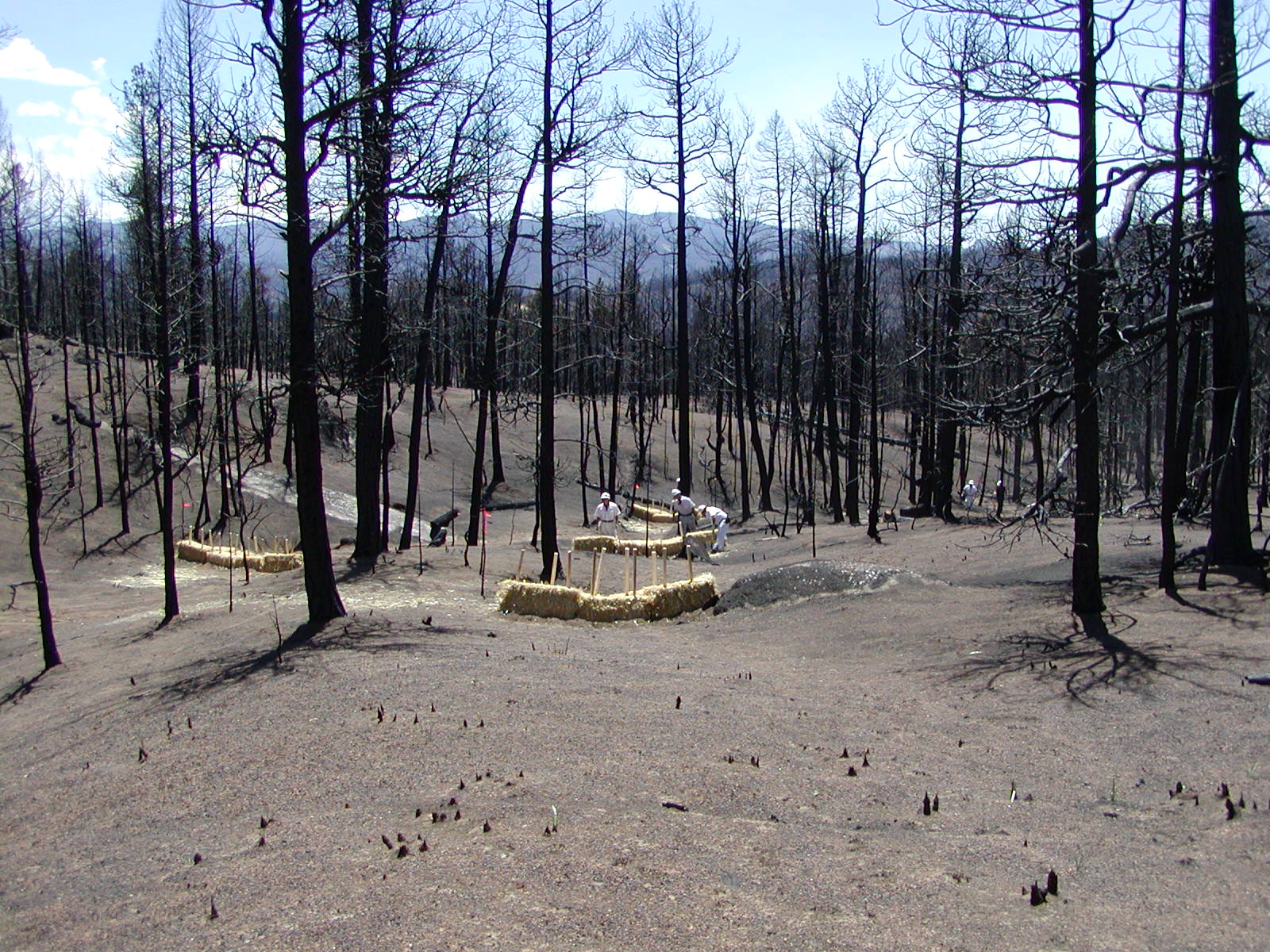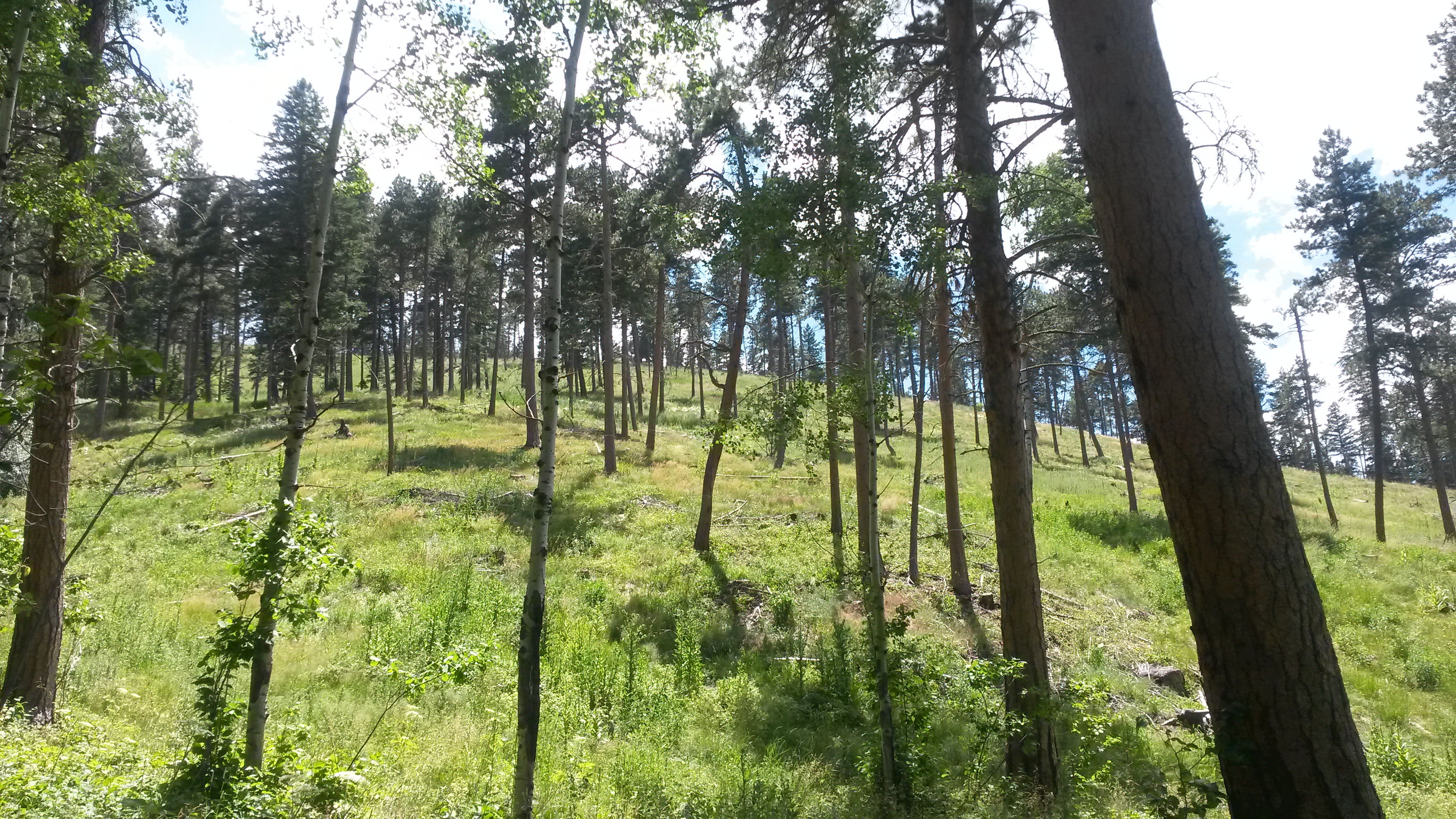
Warm weather, wildfires and watersheds
Not cool, bro.
That’s one way to describe the warm, dry fall we experienced in Colorado this year, not only from a temperature standpoint, but from a broader view of what these conditions mean to our water supply.
Denver Water gets almost all of its supply from mountain snowmelt, so the lack of snow so far is a bit concerning. But weather like this also has a big impact on another part of our system — our watersheds. As melting snow travels downhill, it may pass through forests, farmland and even commercial, industrial and urban areas. This land is called a watershed, and it directly impacts the quality of water that eventually gathers in Denver Water’s reservoirs.
And warm fall weather only increases the risk of wildfires in our watersheds. In fact, a recent paper in Proceedings of the National Academy of Sciences suggests the effects of climate change are making forests in the Western United States drier and easier to burn, thus increasing the risk for large, catastrophic wildfires.
“Catastrophic wildfires in our watersheds have impacts on so many levels,” said Christina Burri, a watershed scientist at Denver Water. “They are devastating for communities and the environment, but they also impact our water quality. When water runs through watersheds scorched by catastrophic fires, rainfall picks up sediment and ash which harms the water quality in our streams and reservoirs.”
Climate change makes it even more challenging to protect watersheds against catastrophic wildfires, she said. “This year is a perfect example. The wildfire season is longer, and the risks are greater.”
But Denver Water works with other agencies and local communities to mitigate those risks, Burri said.
From Forests to Faucets, a partnership between Denver Water and the U.S. Forest Service, focuses on forest treatment and watershed protection projects in priority watersheds critical to Denver Water’s water supply.
Through the Upper South Platte Partnership, Denver Water works with local landowners, government officials and other community members to manage forests and protect and improve the health of the watershed in counties where our water supplies flow.
And Denver Water planners work directly with communities to ensure public drinking water resources are kept safe from future contamination. Denver Water worked with the Colorado Department of Public Health and Environment and the Coalition for the Upper South Platte to create a source water protection plan for the Upper South Platte Watershed and implement that plan with Park, Douglas, Jefferson, and Teller counties.
“Our watersheds are the first filter through which our source waters run,” said Burri. “We have a really good source of water in our system, but if we don’t have a healthy filter for it, it causes more challenges down the line when we treat water. We have to make sure those filters are in the best shape possible.”
Preserving the environment and promoting high-quality water. Now that is cool, bro.


